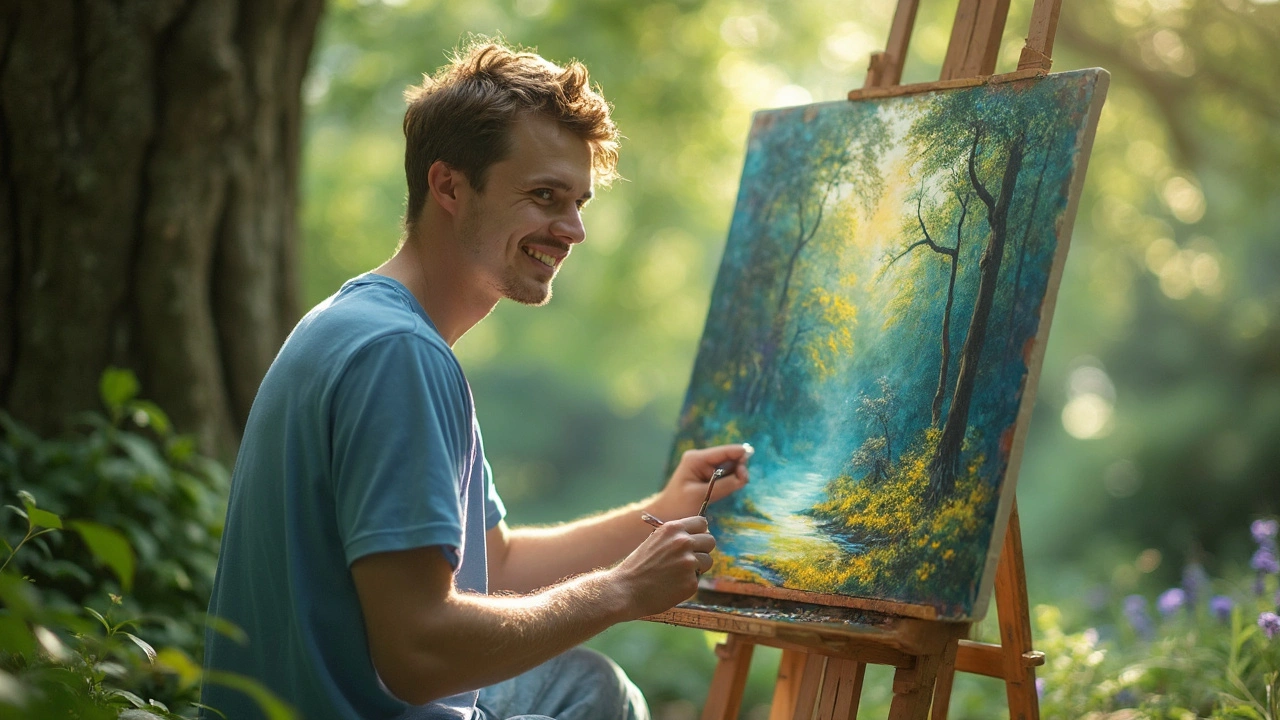Arts Therapy: What It Is and Why It Helps
Art therapy uses drawing, music, movement, drama or writing to help people handle emotions, reduce stress, and solve problems. You don’t need to be an artist. The point is expression, not a perfect painting. Many people find they can say or show things in art that are hard to speak about.
Research reviews and clinical trials show arts therapy can reduce anxiety and depression symptoms and boost coping skills. Therapists trained in creative methods guide the process so it stays safe and useful. If you want a gentle, nonverbal way to work through feelings, arts therapy is worth trying.
How arts therapy works
First, it gives you a different channel to express thoughts and feelings. Making art activates parts of the brain tied to memory and emotion. Second, the process helps you slow down, focus, and regulate strong feelings. Third, a trained therapist helps you reflect on what comes up—what the colors, movements, or words might mean for your life right now.
There are different forms: visual art (painting, collage), music therapy (listening or playing), dance/movement, drama, and expressive writing. Some programs combine several approaches. The choice depends on what feels natural and what you want to work on.
Practical tips to try arts therapy now
You can test basic activities at home without special gear. Try a 20-minute sketch session: pick one feeling (anger, relief, hope) and draw shapes or colors for it. No judging—just make marks. Afterward, write one sentence about what surprised you. That small step often opens new insight.
Other easy ideas: make a collage from old magazines to show your week, record a 3-minute voice memo about your day and listen later, or move to a song and notice where your body feels tight. Keep sessions short and consistent—10–30 minutes two or three times a week works better than a single long session.
Want a therapist? Look for someone listed as an art therapist, creative arts therapist, or expressive arts therapist. Ask about training, whether they work with your issue, and how they handle emotional safety. Many community centers, hospitals, and private practices offer sliding-scale fees. Online group sessions can also be affordable and helpful.
If you’re dealing with severe depression, psychosis, or self-harm, check in with your doctor or mental health provider before relying only on arts therapy. Creative therapy complements medical care and counseling—it's usually best used together with other treatments when problems are serious.
Arts therapy is a practical, low-barrier tool to explore feelings and reduce stress. Start small, keep it regular, and pick a form that feels right for you. You might be surprised how quickly a simple creative habit helps you think clearer and feel steadier.
